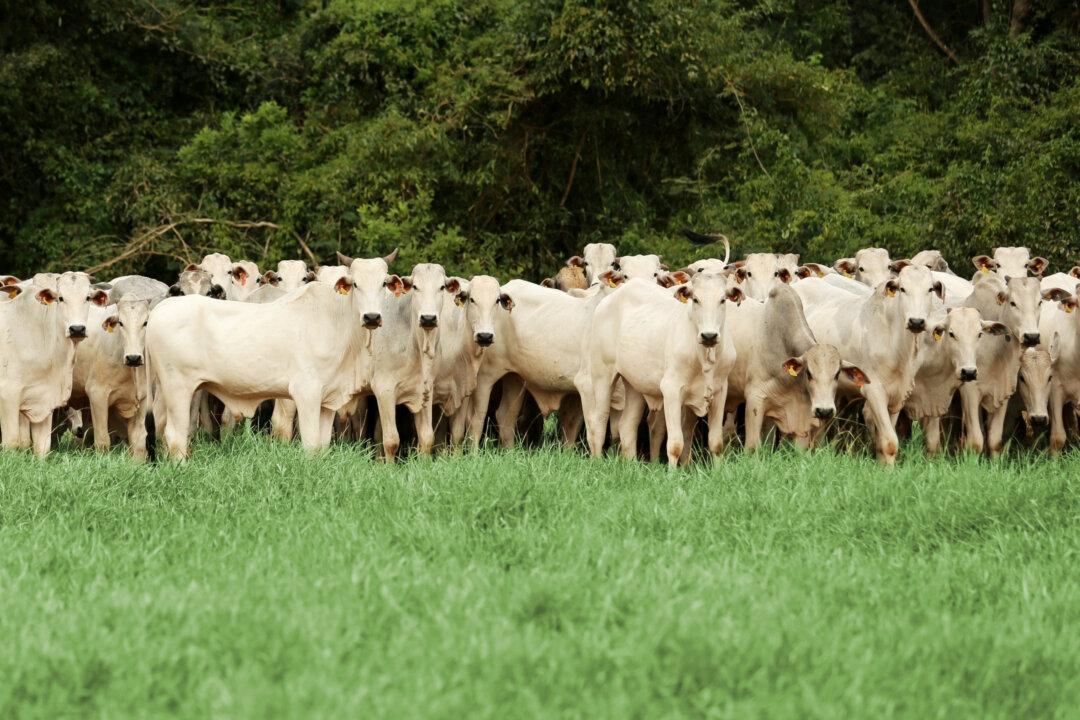In almost every aisle of the grocery store, you can find products from the palm oil, soy, wood, and cattle industries. Together, these industries are responsible for more than a third of tropical deforestation annually, according to the non-profit organization Forest Trends. While strides have been made by all four industries toward establishing deforestation-free commodity supply chains, the cattle industry has lagged behind the others.
In a 2016 survey of more than 550 major companies with ties to these commodities, Forest Trends found that 61 percent of companies active in palm oil made commitments to cleaning up their chains, compared to only 15 percent of those active in the cattle industry. Yet cattle products are responsible for at least ten percent more deforestation than palm.





